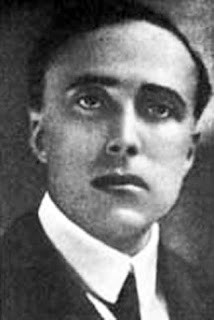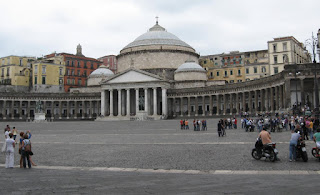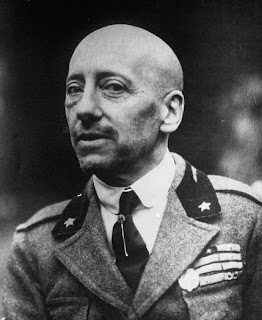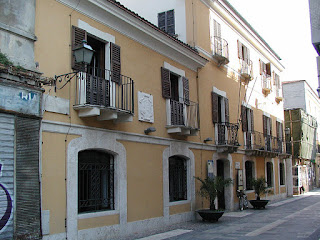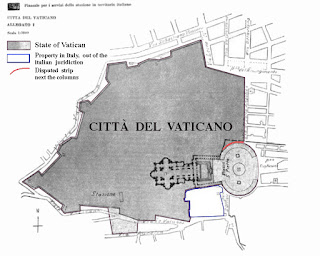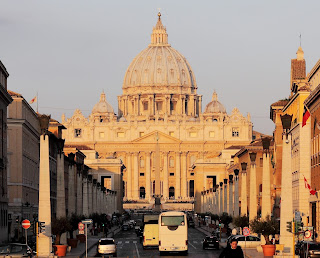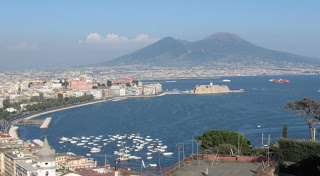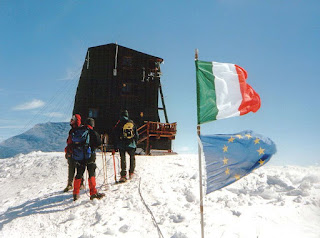State funeral for engineer who was at first shunned
 |
| Guglielmo Marconi, photographed in 1908 |
Aged 63, he passed away following a series of heart attacks. He was granted a state funeral in recognition of the prestige he brought to Italy through his pioneering work.
In Great Britain, where he had spent a significant part of his professional life, all BBC and Post Office radio transmitters observed a two-minute silence to coincide with the start of the funeral service in Rome.
Marconi was born in Bologna on April 25, 1874. His father, Giuseppe Marconi, was an Italian country gentleman who was married to Annie Jameson, a member of the Jameson whiskey family from County Wexford in Ireland. A student of physics and electrical science from an early age, Guglielmo conducted experiments at his father's country estate at Pontecchio, near Bologna, where he succeeded in sending wireless signals between two transmitters a mile and a half apart.
Disappointingly, the initial response to his discovery was sceptical and Marconi's request to the Italian government to help fund further research did not even receive a reply. As a result, in 1896, he moved to London.
With the backing of William Preece, chief electrical engineer of the British Post Office, he was able to complete successful transmissions over increasing distances using Morse code signals, even over open sea. The Italian government now did begin to take an interest, but it was in Britain and the United States that he continued to break new ground.
 |
| Marconi photographed during the first transatlantic wireless transmission on 1901 |
The Marconi Telegraph Company was established in London in 1899 and in December 1901 Marconi sent and received the first transatlantic wireless message, between antennae set up in Cornwall in England and Nova Scotia in Canada.
Marconi might have perished in the Titanic disaster in 1912. He had enjoyed more success, including the establishment of a commercial news service for shipping and a fixed transatlantic radio link, and was invited to travel on the Titanic's fateful maiden voyage. As it was, Marconi decided to travel three days' earlier on the Lusitania. Later, he was acclaimed for the role played by his radio equipment in the rescue of 705 of the Titanic's 2,224 passengers.
In 1909, he was awarded the Nobel Prize for Physics jointly with the German inventor Karl Ferdinand Braun.
Returning to Italy in 1913 and settling in Rome, Marconi was made a Senator in the Italian Senate and appointed Honorary Knight Grand Cross of the Royal Victorian Order in the UK.
During World War I, Marconi was placed in charge of the Italian military's radio service. He attained the rank of lieutenant in the Italian Army and of commander in the Italian Navy. In 1929, he was made a marquess by King Victor Emmanuel III.
Controversially, Marconi joined the Italian Fascist party in 1923, becoming a member of the Fascist Grand Council in 1930 when the dictator Benito Mussolini appointed him President of the Royal Academy of Italy.
Married twice, he left his entire fortune to his second wife, the daughter of an Italian count, and their daughter, named Maria Elettra Elena Anna.
 |
| The Villa Marconi in Pontecchio, near Bologna |
A monument to Marconi can be seen in the Basilica of Santa Croce in Florence but his remains are in the Mausoleum of Guglielmo Marconi in Pontecchio Marconi, near Bologna. His former villa, adjacent to the mausoleum, is now the Marconi Museum. holding much of his equipment.
Travel tip:
The Basilica of Santa Croce in Florence is the burial place of some of the most illustrious Italians, such as Michelangelo, Galileo, Machiavelli, Foscolo, Gentile and Rossini.
Home


